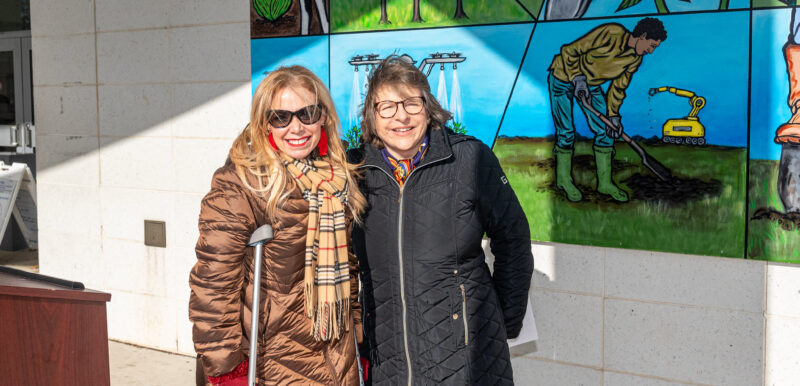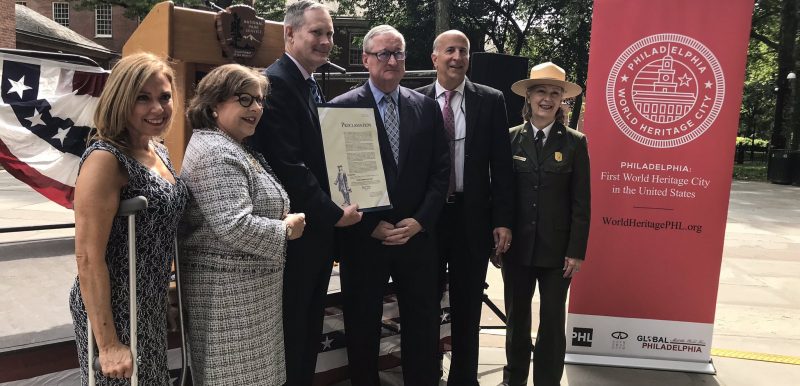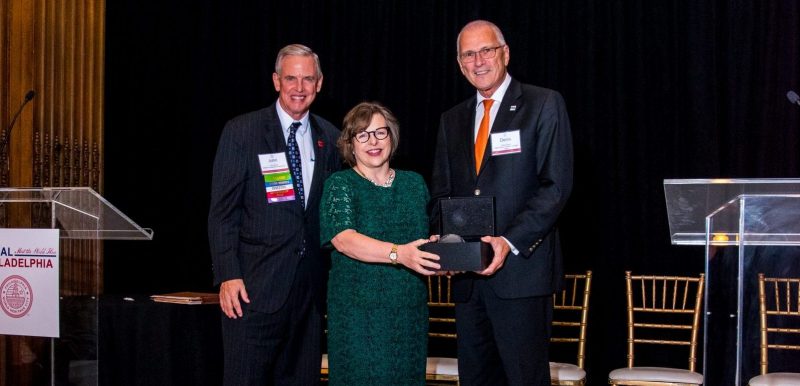Philadelphia, United States
General Information
Regional secretariat
Administrative status
Largest city in Pennsylvania, located in the northeastern United States
Independence Hall
Registration Year
1979
Historical function
The principles debated, adopted and signed in Independence Hall have profoundly influenced lawmakers and policymakers around the world
Location and site
Founded in 1683, Philadelphia is the largest and most complete fulfillment of the kind of model city envisioned by Enlightenment architects. Its rational gridded street plan, punctuated by five green squares of park, is the physical corollary of the just society that William Penn planned to inhabit it. Although little of the street plan was built and occupied by the time of the Revolution, the grid remained the symbol of Philadelphia, and it continued to guide the growth of the city.
Urban Morphology
Today’s Philadelphia preserves most of the seventeenth-century plan and its five squares, and in Society Hill and Old City more buildings from the colonial and federal periods are preserved than anywhere else in America.
In the eighteenth century, Philadelphia was the largest English-speaking city outside the British Isles. As the de facto capital of British interests in North America and the largest center of the economic and cultural life of the colonies, it became the center of nascent nationalist and revolutionary activity. Here were held the first and second Continental Congresses, leading to the Declaration of Independence in 1776, and Philadelphia remained the wartime capital except during the period of its occupation by the British. After the American victory, the new nation’s leaders again convened in Philadelphia to draft the Constitution, and after the adoption of the Constitution in 1787, Philadelphia served as the capital from 1790-1800, while Washington, D.C. was being constructed. During that period, the Bill of Rights was drafted and adopted, and many of the new nation’s institutions were invented. The places and spaces in which the idea of America was born are preserved in today’s Philadelphia.
Early nineteenth-century Philadelphia was America’s first financial capital, and as that function (and leadership in the population race) shifted to New York, Philadelphia gathered the nation’s largest concentration of industry and technology. Here were located the largest manufacturer of railway equipment (the Baldwin Locomotive Works) and the largest corporation (the Pennsylvania Railroad Company) in the world. Philadelphia’s material strength made possible the Union victory in the Civil War, and it was in Philadelphia in 1876 that America celebrated its survival and its emergence on a global stage with a great world’s fair. The skeleton of this vast industrial infrastructure — an overlay on Philadelphia’s colonial grid — remains visible throughout the city. Its superlatives are durably and centrally celebrated in the tower of City Hall, the tallest building in the world when it was completed in 1901.
In the twentieth century, Philadelphia remained a center of industry, but farsighted leaders began to reimagine it as a city defined by commerce and culture. A manufacturing district was demolished (starting in 1907) to make way for the Benjamin Franklin Parkway–the symbol and physical embodiment of that new kind of metropolis. The city’s universities, museums, hospitals, and research institutions would grow in size and reputation throughout the century, laying the foundations for today’s economy of “eds and meds.”
In the aftermath of World War II, Philadelphia distinguished itself from the many American cities that eviscerated their downtowns with destructive “urban renewal” projects. While Philadelphia built its share of new highways and high rise public housing, it carefully nurtured its successful residential neighborhoods, and in Society Hill and Old City, it chose to preserve and restore (rather than demolish) a vast but severely dilapidated inventory of buildings from the eighteenth and nineteenth centuries.
Registration Criteria
Criterion (vi) : The universal principles of the right to revolution and self-government as expressed in the U.S. Declaration of Independence (1776) and Constitution (1787), which were debated, adopted, and signed in Independence Hall, have profoundly influenced lawmakers and politicians around the world. The fundamental concepts, format, and even substantive elements of the two documents have influenced governmental charters in many nations and even the United Nations Charter.
Historical Reference
- Independence Hall (originally called the Pennsylvania State House) was built in 1732-48 on what were then the outskirts of Philadelphia to house the government of the colony of Pennsylvania. Independence Hall is the result of a collaboration between Speaker of the Pennsylvania Assembly, Andrew Hamilton, and master builder, Edmund Wooley. Derived from popular architectural pattern books of the day, Independence Hall is more evocative of an English country house than an urban public building. With the addition of a bell tower in 1750-52, the building bespoke the aspirations of a new kind of civil society, one which aimed to steer its own route to the future.
- That future was charted in a succession of historic gatherings within the walls of Independence Hall. Here met the Second Continental Congress, which adopted the Declaration of Independence. The Revolution’s wartime government also met in the building, and after the victory, the 1787 Constitutional Convention returned there to draft our new form of government. Between 1790 and 1800, Philadelphia served as the new nation’s capital. For that decade, America’s new government convened in the new buildings on either side of Independence Hall while it housed the courts and offices of the Commonwealth of Pennsylvania. These latter functions remained until the national government left for Washington in 1800 and the state government decamped for Lancaster (before ultimately moving to Harrisburg).
- Until the completion of Philadelphia’s new City Hall in Center Square at the end of the nineteenth century, city government remained in the historic building. Here, too, Charles Willson Peale moved his famous museum, the first public museum in America, in 1802.
- But Independence Hall’s most important function in the nineteenth century was symbolic, as it has been ever after, as the largest reminder of the republic’s creative and perilous beginnings. This historic importance was first recognized concretely in 1818, when Philadelphia purchased the building from the state to save it from demolition. A new sense of American history was coming into being, and this was fanned by Lafayette’s visit to Independence Hall in September 1824, as part of his farewell tour of America. That inspired some hasty repairs to the building and led in 1828 to the replacement of the steeple, the original of which had been taken down in 1781.
- Independence Hall is thus both the place where many of the most important episodes of American history occurred and the place where we devised what to remember about the founding of America and how to remember it.
Photos
News
15 December 2023
Philadelphia unveils new public SDG mural
Philadelphia, United States
Northwest Europe and North America
29 August 2019
First project to benefit from the OWHC Grants Program
Philadelphia, United States
Private: OWHC Grants
28 May 2019
Philadelphia celebrates 40 years of Independence Hall as a World Heritage site
Philadelphia, United States
Northwest Europe and North America
26 September 2018
Third Annual World Heritage City Celebration Hosted by Global Philadelphia Association
Philadelphia, United States
Northwest Europe and North America
Contact
Ms. Cherelle Parker
Mayor
City of Philadelphia
City Hall
Philadelphia, United States
PA 19102
Ms. Margaret Hughes
First Deputy City Representative
City of Philadelphia
1515 Arch Street, 12th Floor
Philadelphia, PA, United States
19102
215-683-2158
[email protected]









